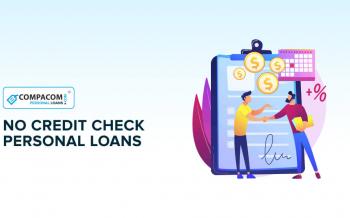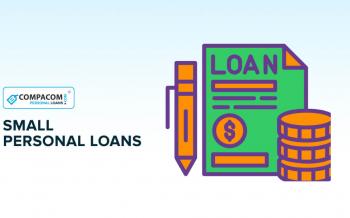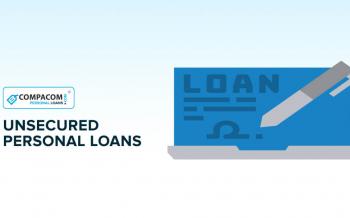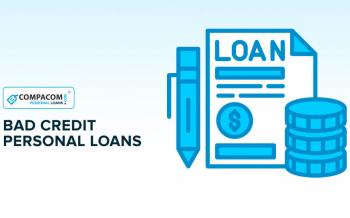Inventory Finance
The main types of inventory financing are an inventory line of credit and inventory loans. With a line of credit, the borrower will be able to receive regular financing as needed. With an Inventory Loan, you will have to reapply every time if you need money.
Check the Best Lenders Offering Personal Loans to Finance Inventory
What Is Inventory Financing?
Inventory Financing (inventory loan) is a secured loan that is based on the value of some (or even all) of your inventory. Thus, the lender you contact will provide you with a loan with a percentage of the value of your inventory, while the inventory itself is collateral for the loan. Sometimes inventory financing is used to buy new inventory, but business owners can use it for other expenses as well. For example, inventory financing can help you if you have a short-term cash deficit for your business (where most of your capital is related to inventory), and it can also help your business accumulate inventory for a hard or busy season. So, as you can see, inventory financing is a very advantageous offer that can help you get funds when you need them.
When Is Inventory Financing Used?
Most often, inventory financing is used by those enterprises that have large quantities of inventory (for example, restaurants, wholesalers, retailers). Thus, even those people whose business is profitable may not have enough money to expand it, hire additional staff, or purchase additional equipment. This is where inventory financing can help with the provision of additional funds.
What Are The Inventory Financing Types?
Of course, before resorting to this option, you should pay attention to the type of inventory financing that can help you. In fact, now there are 2 main types of inventory financing - an inventory line of credit and inventory loans. Of course, both of them use your inventory as collateral, however, they have some differences and mean different things for the development of your future in the future. Let's take a closer look at each of them:
-
Inventory Loan
Inventory Loan. More likely you realize that an inventory loan is a secured personal loan that is based on the value of your inventory. This type of financing provides you with a certain amount that is paid over a fixed period of time in monthly recurring payments. Also, an inventory financing loan can be paid in a lump sum after the sale of inventory. Please note that, unlike a line of credit, you come to take a new loan if you need additional funds again. APR ranges from 6.99% to 99%, and the minimum requested credit score can be 600-650.
-
Inventory Line of Credit
Inventory Line of Credit. A line of credit, like a loan, provides you with funds that you can use only once, however, it can provide you with money on a regular basis as you need it. Often, business owners prefer to have access to a credit line, as it often helps them cope with unforeseen expenses that may arise. An inventory financing agreement helps you set the terms and conditions of a long-term business finance partnership. APR for obtaining the inventory line of credit can vary from 10% to 15%, and the minimum required credit score is usually 600.
How Do I Apply For Inventory Financing?
If you want to get a small business inventory loan or line of credit, you should know how and where to apply correctly. Most often, you can apply for inventory financing through a traditional bank, online lender or credit union. Therefore, you should pay attention to the different options and choose the best option for you.
As mentioned earlier, inventory financing mainly depends on the residual value of inventory and their sale in the future. Of course, in order to provide you with financing, lenders will want to see documents confirming your turnover and the fact that you can actually sell your inventory, such as:
- Business plan
- Cash flow statement
- P&L statements
- Balance sheet with sales history
Also, lenders will most likely need to make sure you have a good inventory management system. They need this so that they do not have to think about the fact that you will buy more inventory than you need (and what you can sell).








You are about to post a question on compacom.com:
Any comments or reviews made on this website are only individual opinions of the readers and followers of the website. The website and its authors team are not responsible, nor will be held liable, for anything anyone says or writes in the comments. Further, the author is not liable for its’ readers’ statements nor the laws which they may break in the USA or their state through their comments’ content, implication, and intent.